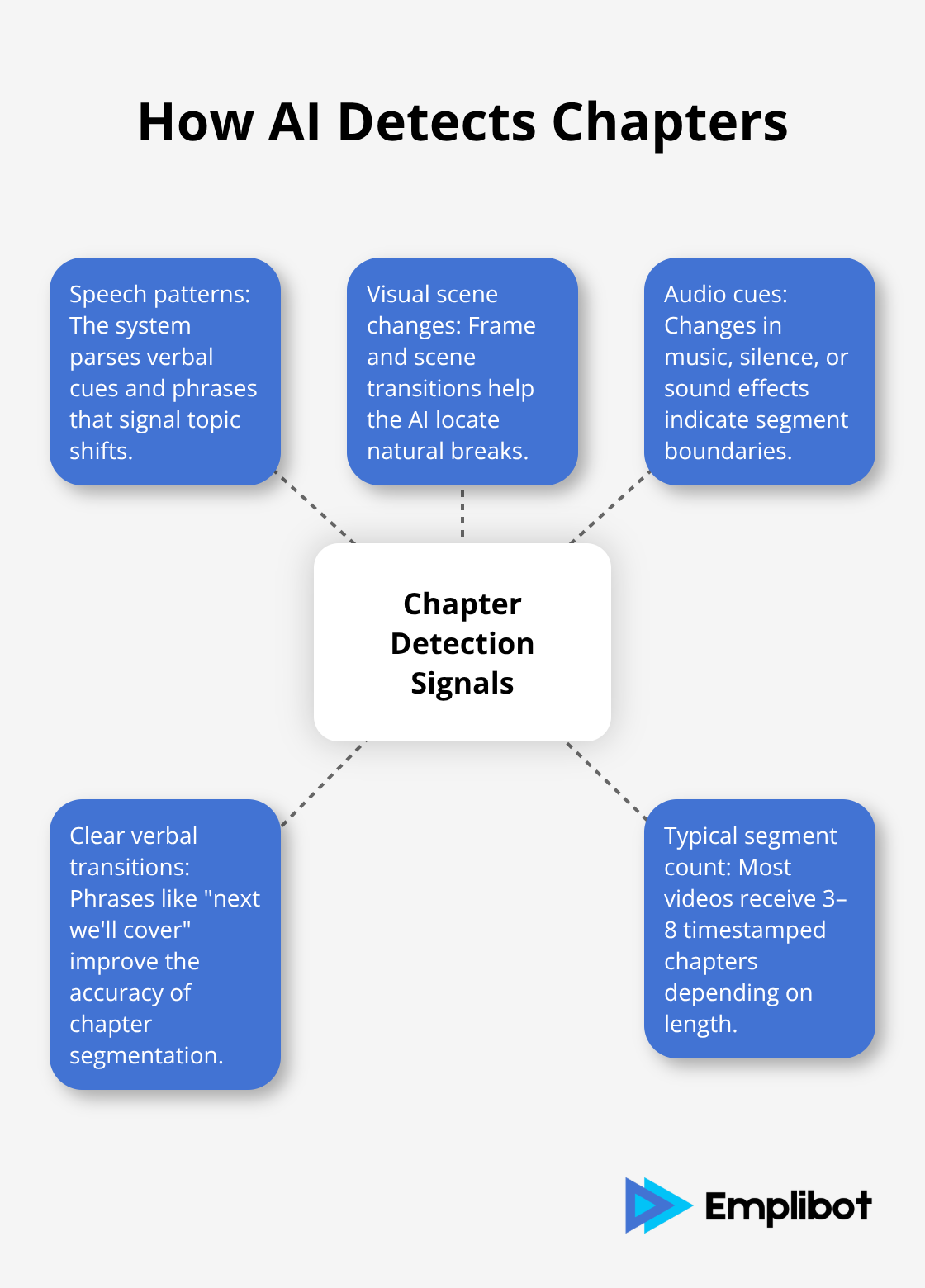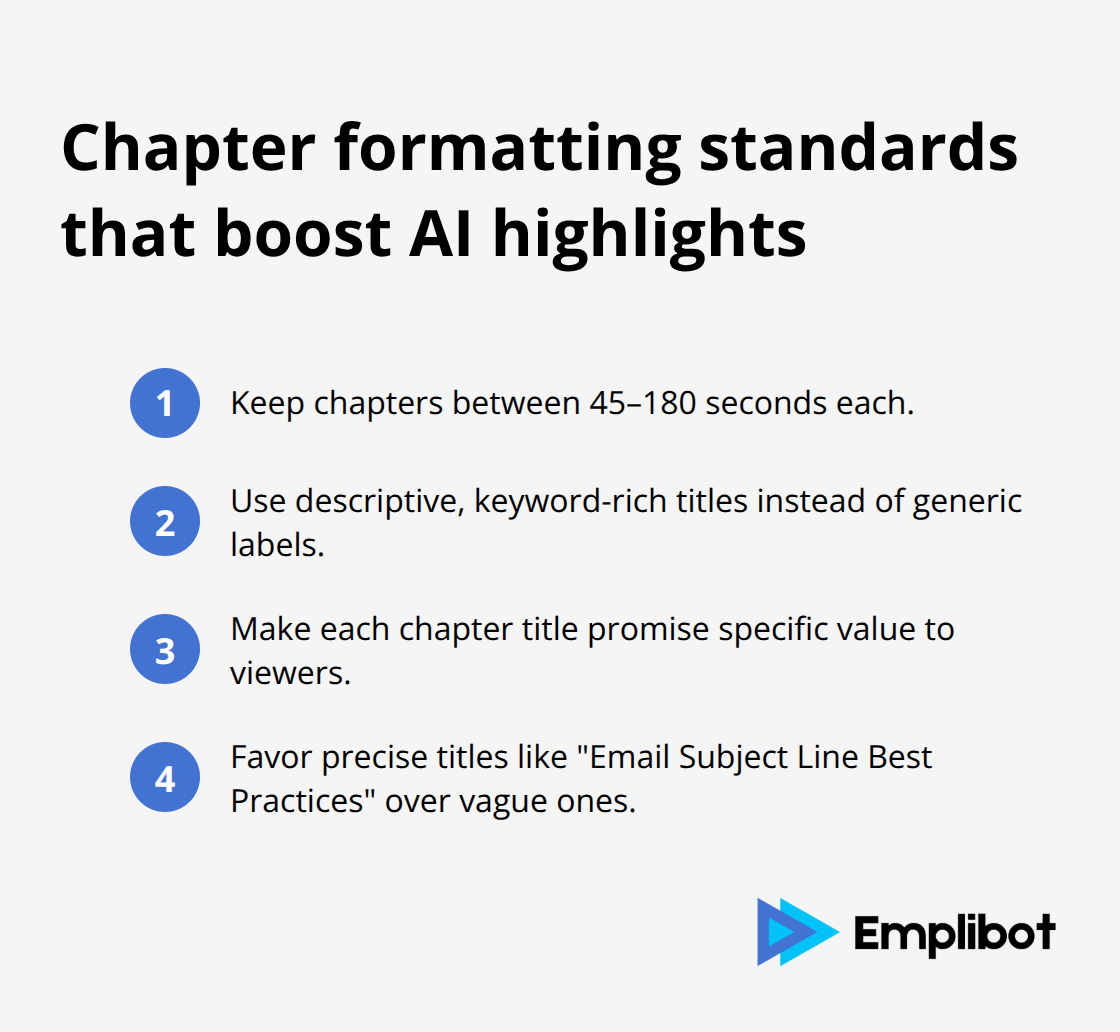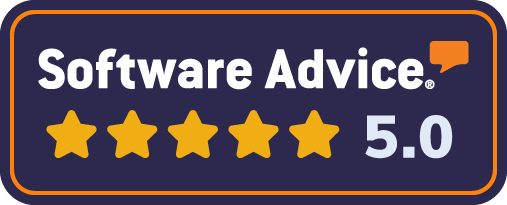YouTube AI Highlights rolled out to Premium users in July 2024, transforming how viewers consume video content through automated summaries and timestamped chapters.
This feature creates 60-90 second highlight reels and generates searchable chapter breakdowns automatically. We at Emplibot see this as a game-changer for content creators who need to adapt their packaging strategies now.
The shift demands new approaches to video structure, titles, and source citations to maximize visibility in YouTube’s AI-powered discovery system.
Contents
ToggleHow Do YouTube AI Highlights Actually Work
YouTube’s AI highlights system processes uploaded videos through three core mechanisms that creators must understand to optimize their content strategy. The platform’s automatic summary generation analyzes video transcripts, visual elements, and engagement patterns to create 60-90 second condensed versions that appear in search results and recommendations. These summaries prioritize the most replayed segments and comments with high engagement rates, which means creators who structure their content with clear value propositions in the first 90 seconds see better highlight performance.
Smart Chapter Detection Technology
The AI system scans video content to identify natural topic transitions and creates timestamped chapters without manual input from creators. YouTube’s algorithm recognizes speech patterns, visual scene changes, and audio cues to determine chapter breaks, typically creating 3-8 segments per video based on length. Videos with clear verbal transitions like “next we’ll cover” or “now we move to” receive more accurate chapter detection, while creators who speak in continuous streams without clear topic shifts often get poorly segmented highlights.

Enhanced Search Integration
YouTube now surfaces AI-generated highlights directly in search results alongside traditional video thumbnails, which gives optimized content increased visibility. The system pulls highlight clips for queries that match specific video segments, which means a 20-minute tutorial about email marketing might have its 2-minute segment on subject lines appear for searches about “email subject line tips.” Creators who include question-based content and direct answers to common searches within their videos benefit most from this enhanced discovery mechanism, especially as users scroll past AI summaries to find original sources.
Content Packaging Requirements
Success with AI highlights requires specific structural changes to video content. The most effective videos front-load key information within the first 90 seconds, use clear verbal signposts between topics, and maintain consistent audio levels throughout. Creators should also include a sources comment pinned to their video that mirrors citations found in companion blog posts (as the AI system references these for credibility scores in highlight generation).
These technical requirements create both opportunities and challenges for content creators who must now balance traditional engagement tactics with AI optimization strategies.
How Does AI Change Creator Revenue Models
YouTube AI highlights reshape monetization strategies by redirecting viewer attention from full-length videos to condensed segments. Creators now face the challenge that viewers consume their key content through 60-90 second highlights without watching complete videos, which reduces watch time metrics that drive ad revenue. The Wall Street Journal reported that Google’s AI Overviews reduce traffic for news publishers, and similar patterns emerge on YouTube where highlight consumption replaces full video engagement. This shift forces creators to rethink their content structure and revenue diversification strategies.
Strategic Content Placement for Revenue Protection
Smart creators adapt by front-loading sponsor mentions and calls-to-action within the first 90 seconds to capture highlight viewers before they exit. Product placements and affiliate links work best when creators integrate them into the most engaging segments that AI systems typically select for highlights. Creators should also pin comprehensive source comments that contain affiliate links and product recommendations, as these comments receive increased visibility when AI highlights drive traffic to videos.

The most successful approach involves creating companion blog content that captures viewers who want deeper information after they consume highlights, then monetizes through email capture and premium content offers.
Revenue Growth Through AI Optimization
YouTube’s revenue growth demonstrates the platform’s continued expansion, with YouTube generating $36.1 billion revenue in 2024, a 14.6% increase year-on-year. The key lies in balancing highlight optimization with full-video value delivery. Creators who master this balance often see their highlight-driven traffic convert to subscribers at higher rates than traditional discovery methods (since highlights pre-qualify viewer interest in specific topics).
Engagement Strategy Evolution
The AI highlights system rewards creators who generate high engagement within specific video segments rather than across entire videos. Comments, replays, and shares within the first two minutes of videos carry more weight in highlight selection algorithms. Creators must now design hook-heavy openings that prompt immediate viewer interaction through questions, polls, or controversial statements. This engagement-focused approach actually benefits monetization when executed correctly, as highlighted segments with strong engagement signals often receive broader distribution in search results and recommendations.
These revenue model changes connect directly to how creators must now structure their content to meet AI system requirements while maintaining viewer satisfaction.
What Content Structure Works Best for AI Highlights
The YouTube algorithm is a system that recommends videos to users based on their interests, viewing history, and engagement patterns, making content structure crucial for AI highlight detection. The algorithm struggles with videos under 5 minutes (insufficient content for multiple highlights) and videos over 20 minutes (too much content dilutes key message extraction). Structure your videos with a strong hook in the first 30 seconds, deliver your main value proposition within the first 90 seconds, and use clear verbal transitions between topics. Include specific phrases like “the key takeaway here” or “this brings us to our next point” because the AI system recognizes these as natural chapter breaks.
Title Optimization for AI Discovery
Write titles that start with your primary keyword and stay under 60 characters to avoid truncation in highlight previews. Question-based titles like “How Does Email Marketing Generate High ROI” outperform generic titles because they match user search intent patterns. The AI system prioritizes titles that directly answer common search queries, which means creators who frame their content as solutions to specific problems see better highlight selection rates.
Description Requirements for Maximum Visibility
Your description must include your target keyword within the first 25 words and maintain at least 250 words total length for optimal AI processing. Add timestamped chapters manually in your description with the format 0:00 Introduction, 2:15 Main Topic, 5:30 Examples to help the AI system understand your content structure. The algorithm scans descriptions for context clues about video content, so detailed descriptions that explain what viewers will learn improve highlight accuracy and search placement.
Chapter Formatting Standards
Create chapters that last between 45-180 seconds each, with descriptive titles that include relevant keywords rather than generic labels like “Part 1” or “Next Steps.” Each chapter title should clearly indicate the specific value or information viewers will receive in that segment. The AI system uses these titles to match highlights with search queries, so chapters titled “Email Subject Line Best Practices” perform better than vague titles like “Tips and Tricks.”

Source Citation Best Practices
Your pinned sources comment should mirror the citation format used in companion blog posts, with websites, studies, and tools listed with full URLs and publication dates where applicable. This citation approach helps YouTube’s AI system verify information accuracy and increases the likelihood of your highlights appearing in search results for fact-based queries. Include all tools, research studies, and external resources mentioned in your video to build credibility with both viewers and the algorithm.
Final Thoughts
YouTube AI Highlights represent a fundamental shift in video content consumption that creators cannot ignore. The feature transforms how audiences discover and engage with content through automated summaries and timestamped chapters, which creates new opportunities for visibility while demanding strategic content restructuring. Content creators who adapt their packaging strategies now will capture the most benefit from this AI-driven discovery system.
Structure videos with strong 90-second openings, implement clear verbal transitions, and optimize titles for question-based searches. Maintain detailed descriptions with manual timestamps and pin comprehensive source comments that mirror blog post citations to build credibility with YouTube’s algorithm. The future of video content discovery lies in AI automation that processes millions of hours of content daily (creators who master these optimization techniques while maintaining authentic value delivery will see increased subscriber conversion rates and broader content distribution).
Success requires balance between AI optimization and genuine audience value. Emplibot automates content creation and SEO optimization across WordPress blogs and social media platforms, which helps creators maintain consistent publishing schedules while they focus on video production and audience engagement strategies. These strategies work with YouTube’s evolving AI systems to maximize content reach and viewer engagement.










